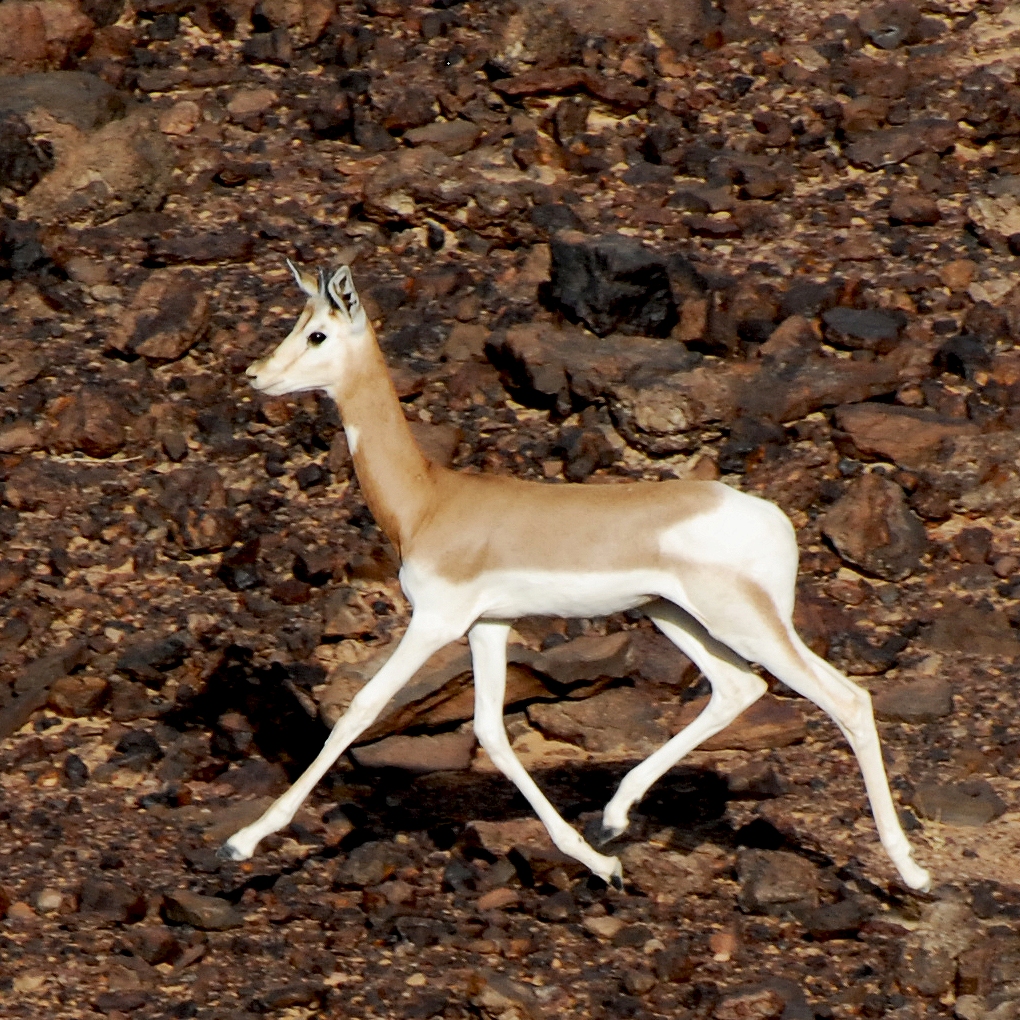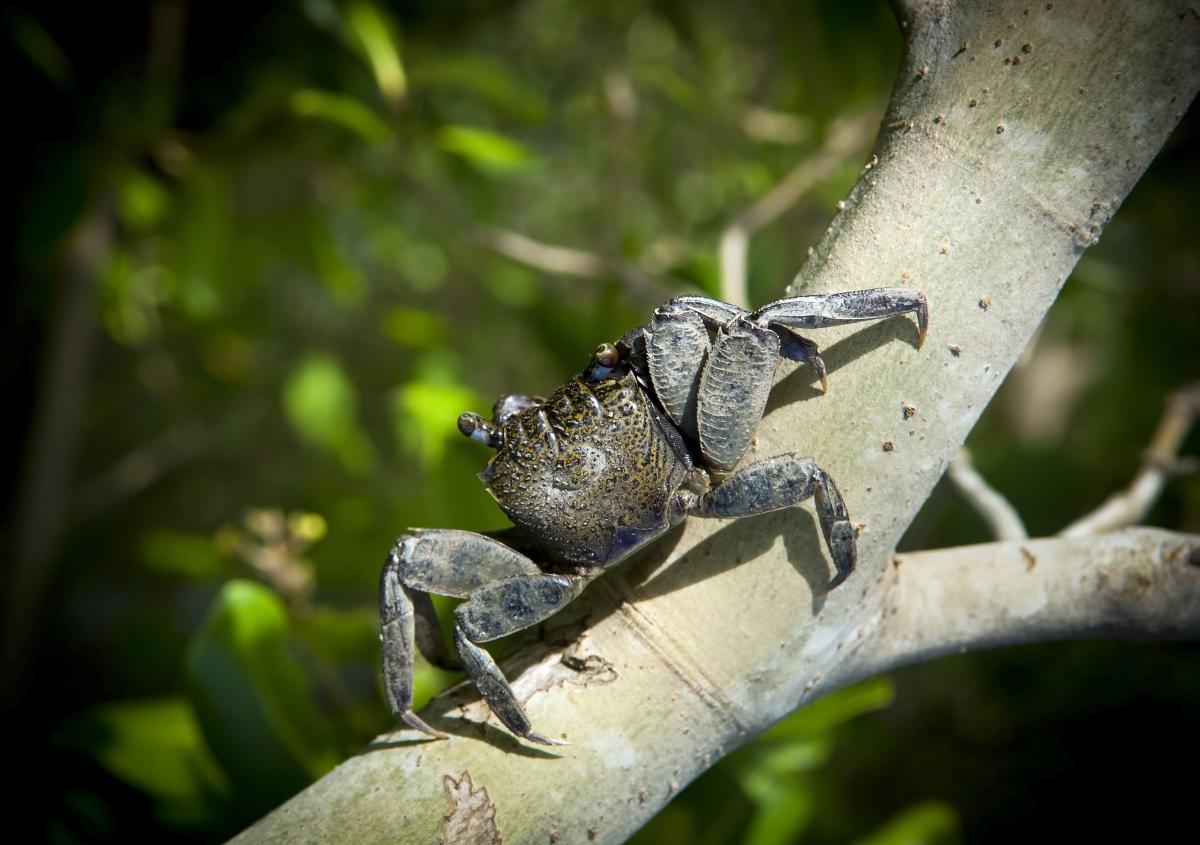Quarter of antelope species in danger of extinction
A quarter of all antelope species are threatened with extinction, according to the IUCN Red List of Threatened Species™.

Photo: Thomas Rabeil
The results, compiled by the Antelope Specialist Group of IUCN’s Species Survival Commission, show that out of 91 species of antelope, 25 are threatened with extinction. The status of several species has become worse since the last complete assessment of all antelopes in 1996.
“Unsustainable harvesting, whether for food or traditional medicine, and human encroachment on their habitat are the main threats facing antelopes,” says Dr Philippe Chardonnet, Co-Chair of the IUCN Antelope Specialist Group. “Most antelopes are found in developing countries which is why it’s critically important that we collaborate with local communities there since it is in their own interest to help preserve these animals.”
Five species of antelope are in the highest category of threat, Critically Endangered, including the Dama Gazelle (Nanger dama), Aders’ Duiker (Cephalophus adersi), the Saiga Antelope (Saiga tatarica), Hirola (Beatragus hunteri) and Addax (Addax nasomaculatus). The Scimitar Horned Oryx (Oryx dammah) is already Extinct in the Wild, but there are ongoing efforts to reintroduce it. The Dama Gazelle and Addax are both reduced to tiny remnant populations and highlight the dire situation for wildlife in the Sahelo-Saharan region.
A further nine species are in the next category of threat, Endangered, and another nine are classified as Vulnerable on the IUCN Red List of Threatened Species.
Nearly 70 percent of antelope species are not threatened with extinction and some areas of the world are doing better than others in terms of antelope populations. India, for example, is home to four species of antelope and only one of them is currently regarded as threatened.
“Despite the pressure of living alongside 1.2 billion people, antelopes are doing well in India,” says Dr David Mallon, Co-Chair of the IUCN Antelope Specialist Group. “It is no coincidence that there is very little tradition of hunting in India and gun ownership is rare.”
Overall, populations are stable in 31 percent of antelope species and decreasing in 62 percent of antelope species. The Springbok (Antidorcas marsupialis) a native of southern Africa is the only antelope species with a long-term increasing trend, mainly as a result of the game ranching industry.
To see case studies of antelope, complete download the report.
For more information or to set up interviews, please contact:
- Sarah Horsley, IUCN Media Relations Officer, +41 22 999 0127, m +41 79 528 3486, e sarah.horsley@iucn.org
About IUCN
IUCN, the International Union for Conservation of Nature, helps the world find pragmatic solutions to our most pressing environment and development challenges by supporting scientific research; managing field projects all over the world; and bringing governments, NGOs, the UN, international conventions and companies together to develop policy, laws and best practice.
The world's oldest and largest global environmental network, IUCN is a democratic membership union with more than 1,000 government and NGO member organizations, and almost 11,000 volunteer scientists and experts in some 160 countries. IUCN's work is supported by over 1,000 professional staff in 60 offices and hundreds of partners in public, NGO and private sectors around the world. IUCN's headquarters are located in Gland, near Geneva, in Switzerland.



